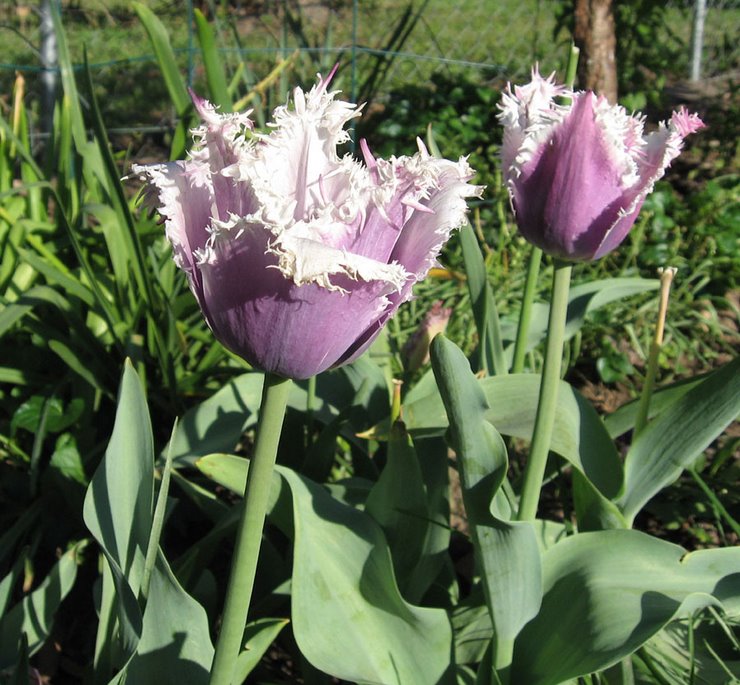 | |
| Spurge |
Spotted spurge often grows in poor, dry, or compacted soil, and will take advantage of a sparse lawn or openings along the edges of pavement to spring up. It doesn't thrive where other plants are already dense and well-established.
It's fairly easy to pull up when the plants are small, or when the soil is moist, but try to get the whole root. Often the taproot will break off, and the plant will regrow from root pieces left behind. It is also a good idea to wear gloves while dealing with spotted spurge, as it has a milky, sticky sap that can be irritating to skin. The sap can even cause blistering of the eyes, mouth and skin.
As is the case with weeds in general, the best defense is a thick, healthy lawn that crowds out and overshadows weed seedlings. Give your turf the proper mowing, watering and fertilizing to grow its best. Mowing at a higher setting lets grass block the light, and gives the turf an advantage over spurge. Coring and traffic control can help reduce compacting of the soil.
In flower or veggie beds, a thick layer of mulch or several layers of newspaper to cover the ground will prevent weed seeds from sprouting. If you use a pre-emergent treatment like corn gluten, that can help prevent weeds from getting started. But spotted spurge germinates later than many other weeds, needing temperatures between 60-100 degrees Fahrenheit. So the pre-emergent treatment you applied earlier in the spring to prevent crabgrass and earlier weeds may not be effective by this time, and a second round of application may be needed to prevent summer weeds like spotted spurge. That might be timed for about 8 weeks after the first application.

1 comment:
We have way too much of spotted spurge and bindweed at our place; it's difficult to make much progress on the weed war. Also fighting the plaintains
Due to they have multiplied and are going to seed like crazy!
Post a Comment